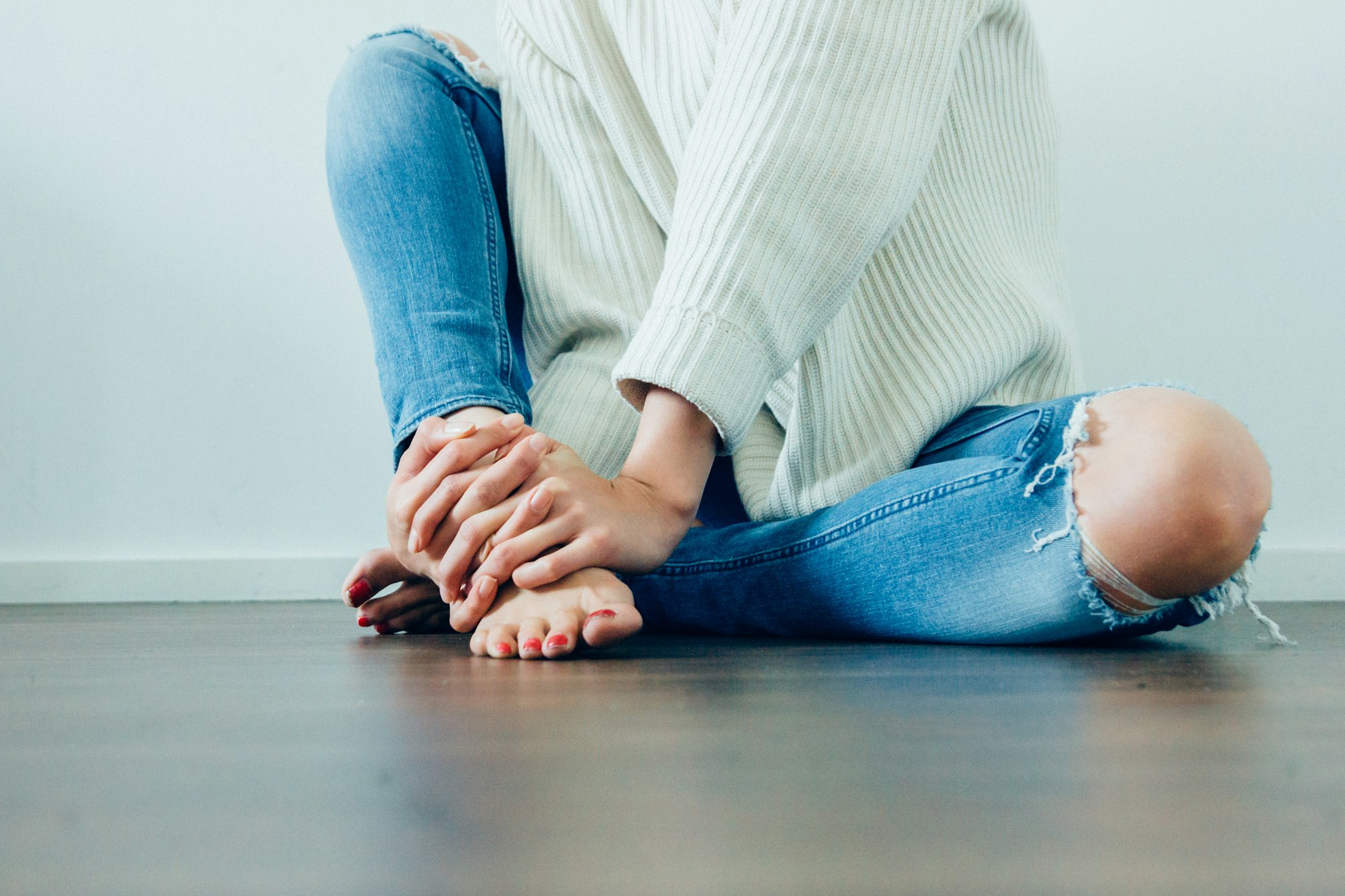
Most of us have heard of PMS (premenstrual syndrome), the name given to the signs and symptoms people that ovulate experience in the days or even weeks leading up to their period. It’s estimated that anywhere from three in four menstruating people to 90% of women experience some form of PMS.
Mood swings, food cravings, tender breasts, painful cramps, fatigue, irritability and depression can all be typical symptoms of PMS. But have you heard of PMDD? And could you be experiencing it without even realising it?
We answer your biggest PMDD questions, and share everything you need to know about premenstrual dysphoric disorder, signs to look out for, and how you can find help.
What is PMDD?
PMDD (premenstrual dysphoric disorder) is a very severe form of PMS, thought to affect around one in 20 women. Sometimes referred to as ‘severe PMS’, PMDD causes a number of different emotional and physical symptoms monthly in the weeks running up to your period. Occurring during the luteal phase (between when you ovulate and your period stats), some people have symptoms for a few days, while others will have them every day during the run-up to their period.
While most people who ovulate will experience some form of PMS during their lifetime, those with PMDD experience symptoms that have a much greater impact. PMDD can make it harder to work, socialise, and even maintain healthy relationships. For some, PMDD can lead to suicidal thoughts. One global study released in 2022 revealed that as many as 34% of those with PMDD have attempted suicide.
On average, it takes 12 years and seeking support from more than six healthcare professionals before most patients are able to gain a diagnosis of PMDD. An overwhelming 98% feel that symptoms of PMDD put a significant strain on their romantic relationships, 97% say they affect their family relationships, and over half (56.7%) have lost a partner due to PMDD.
Premenstrual dysphoric disorder can develop at any time during your reproductive years, though on average, symptoms begin around age 26. Symptoms often interfere with your ability to do day-to-day things and can occur during some or most of your cycles (though some months may be worse than others).
How do I know if I’ve got PMDD? Signs and symptoms
People with PMDD can experience different symptoms. These can include emotional and physical symptoms:
Emotional symptoms
- mood swings
- feeling upset, tearful, tense, angry, irritable or on-edge
- lack of energy
- decreased interest in activities you normally enjoy doing
- increased feelings of anxiety, overwhelm, hopelessness, or being out of control
- trouble concentrating
- suicidal thoughts or feelings
Physic